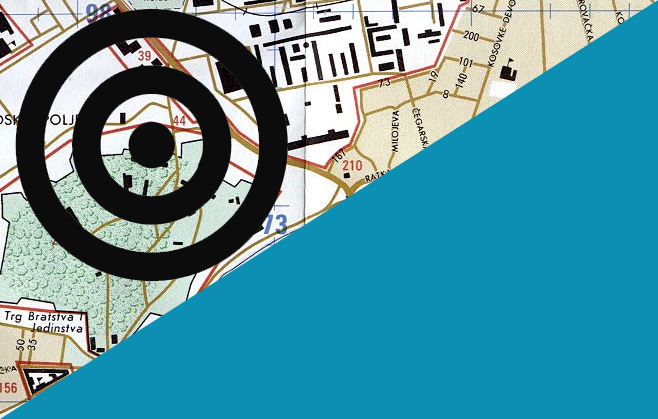
Social media and modern warfare: The Syria Conflict
The ongoing Civil War in Syria is in no doubt deeply tragic, and as in any conflict, those caught in the crossfire are keen to impart as well as receive information. In response, we’re seeing increased social media use amongst forces and civilians for military tactics, news, and communication. So will this rise in digital use serve to help the cause, and even aid civilian safety? The Practice team were keen to find out…
Already, insurgent groups, the Syrian government and rebel forces have used a variety of social media platforms mostly for propaganda purposes, and also to aid their knowledge of surrounding events. Aside from video and pictorial propaganda exhibits on YouTube and Instagram, Facebook, for instance, now offers a host of tools to keep activists informed. These include the Syria Updater Facebook app, which updates the user’s feed with news, information, and other relevant statuses. And communications platforms such as Skype, Viber, and Tango are also increasingly popular with those wishing to keep tabs on news, as well as by rebels and insurgents alike, who use the platforms to discuss military proceedings.
Most interestingly, we’ve seen apps come to the fore amidst the conflict, to help those involved keep an eye on local activity. The Syrian resistance, for instance, have created apps including one entitled “Soria Wa Bas” (Only Syria), which allows users to track deaths in the region, as well as to access videos and audio information. In neighbouring Lebanon, the army have followed suit, creating their own LAF (Lebanese Armed Forces) Shield application, compatible with both iOS and Android, to monitor and place the whereabouts of suspicious objects, vehicles, and nearby violence. The app also allows citizens to take photos, videos, and send messages, alerting others to any dangerous activity.
So clearly in reaction, we’re seeing apps being used for protection purposes, particularly in Lebanon, which has unfortunately seen an increase in violent activity since the Syria crisis erupted over two years ago. Aside from LAF shield, other apps are also available that enable civilians to map gunfire, battles, show paths around roadblocks, and even offer direct contact with the army in cases such as kidnapping. An app entitled Ma2too3a, for example, created by entrepreneur Mohammad Tahar, is crowd-sourced based, taking real time information from users about local clashes, traffic, roadblocks, and other political events, that are fed into a map. Such is its relevance that it’s seen over 80,000 downloads. Another app, “Way to Safety”, created by entrepreneur Firas Wazneh, allows users to record gunfire and send their clips to the associated site, where the weapon will be identified based on each sound. “Way to Safety” is a particularly useful app for citizens who previously would only have been able to check for local gunfire or distinctions between gunfire and fireworks by way of Twitter. Ultimately, we feel that if not just for propaganda, social media is becoming increasingly important as the conflict continues; apps and digital platforms are clearly replacing news sites as the go-to hubs for those involved, and concerned citizens alike.
Do you think the digital arena is set to feature strongly in future conflicts? And do you think social media and technology will help or hinder the cause? We’d love to hear your opinions, so please tweet your thoughts and comments to us @PracticeDigital and please share them on our Facebook page.




